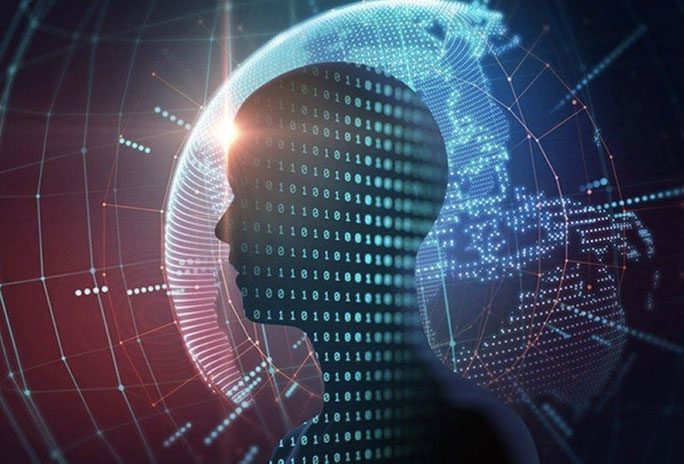OpenAI, the company behind the famous ChatGPT product, has recently developed a new tool capable of detecting any text generated by humans or artificial intelligence (AI).
The new tool, named “AI Text Classifier”, was launched on January 31 (US time). The San Francisco-based company describes it as an “optimized GPT model designed to determine the likelihood that a piece of text was generated by AI or by a human.”
After reviewing the text, OpenAI’s new tool will assess it according to various levels to conclude whether the text was AI-generated.

The capabilities of ChatGPT have raised concerns among many educators.
“Our purpose in creating the ‘AI Text Classifier’ is to differentiate between content written by humans and content generated by AI,” OpenAI stated, “The results can be helpful but are not definitive evidence when deciding whether a piece of text was generated by AI or not.”
ChatGPT was launched on November 30, 2022, as a program that integrates with AI to interact with humans. The program uses a word selection algorithm based on lessons learned from scanning billions of text passages on the internet. This allows the computer to converse and respond to user inquiries in real-time.
As a result, users can request ChatGPT to perform a range of tasks, such as gathering information, fixing broken code, creating rap lyrics in the style of Snoop Dogg, scripting scenarios for hypothetical scenes, writing essays, or even asking “quote me a line from The Tale of Kiều” by the great poet Nguyễn Du…
The capabilities of ChatGPT have raised concerns among many educators. In fact, the New York City Department of Education banned ChatGPT from school devices and networks at the beginning of January, citing concerns about its “negative impact on student learning.”
This concern has also spurred OpenAI’s efforts to create tools to detect AI-generated text.
However, the “AI Text Classifier” from OpenAI still has some limitations. Sample texts must contain at least 1,000 characters, or about 150-250 words. OpenAI also acknowledges that this tool is not always accurate—AI-generated text can be edited to evade detection, and the classifier may misidentify both AI-generated samples and human-written samples.





















































